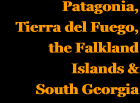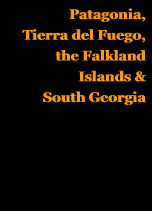 |
 |
 |
|||||||||||||||||
 |
|||||||||||||||||||
 |
|||||||||||||||||||
The other EFE 60cm gauge branches All five of the Chilean state's 60 cm gauge branches were initiated by the Dirección de Obras Públicas during the same period around 1908 to 1912, and they all shared the same initial fleet of locos and stock. It thus makes sense to cover the other four of them in this chapter, albeit with a single page for each line. Three of those four railways also shared their later history with the Chiloé line, under the supervision of the state railways or the Empresa de los Ferrocarriles del Estado. The fifth, however, the route up the Cajón del Maipo south east of Santiago from Puente Alto to El Volcán, was taken on by the Chilean Army in 1913 as a long term training exercise. It was the most long-lived of the five, surviving into the 1970s, the only one to receive diesel locos, and the only one with any future prospect of being re-opened for tourist traffic. Each line has its own separate page here, as listed below: Saboya to Lumaco and Capitán Pastene Chillán to Coihueco, Pinto and El Recinto, Linares to Panimávida and Colbún The FC Militar, from Puente Alto to El Volcán, though originally intended to be extended at both ends
9-6-16 |
|||||||||||||||||||
Chapter 6
The Chiloe Island 60cm gauge railway